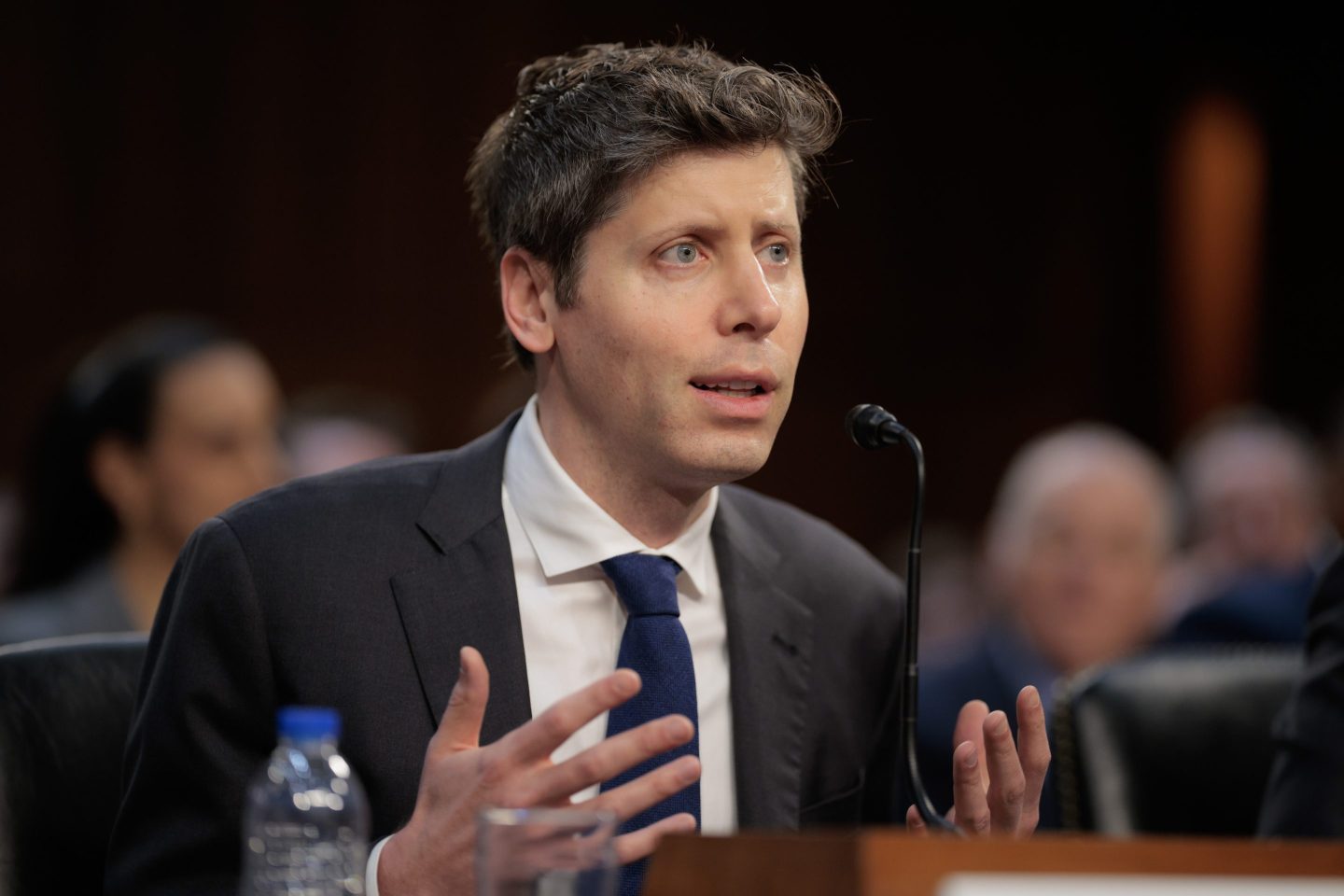This is the web version of Brainstorm Health Daily, Fortune’s daily newsletter on the top health care news. To get it delivered daily to your in-box, sign up here.
Happy Monday, readers. I hope you had a wonderful weekend.
But I understand if, for many of you, this weekend was unsettling or upsetting. Since the news of Kobe Bryant’s death on Sunday, there’s been a great deal of public mourning and discussion about Bryant on news shows and social media.
That’s had me thinking about grief and how it works.
How does the death of a talented, controversial, problematic, beloved, and larger-than-life figure like Kobe Bryant, along with his 13-year-old daughter, Gianna, and seven other people, impact the public at large?
I admit I have a personal connection here. I grew up in Southern California. I watched all those legendary games back in the day with my father. We’re immigrants who developed a kinship with our neighbors and community by cheering on the purple and gold. The sudden shock of the tragedy has many of us in the community shaken, even if we’d never met any of these people in person.
So how does the kind of grief we’re feeling since hearing the news of Bryant’s death compare with the kind of grief that hits when somebody you know personally dies? Modern research has made it clear that there’s not just one kind of grief.
We’ve all heard how grief comes in stages, but the reality is far more complicated than the Kübler-Ross model suggests. There’s also considerable controversy within the mental health community when it comes to just defining the word “grief.”
In 2013, the American Psychiatric Association unveiled the fifth edition of its manual of mental disorders—the Diagnostic and Statistical Manual of Mental Disorders, commonly known as the DSM-5.
This is, for all intents and purposes, the tome when it comes to categorizing and describing psychiatric afflictions. The book is an imperfect attempt to suss out and understand the kinds of wounds you can’t see on an MRI or X-ray, but which have a profound effect on the health and livelihood of so many people.
The DSM-5’s definition of grief has a critical difference from its previous iteration—it cut the DSM-IV’s “bereavement exclusion.” The exclusion defines grief as a fleeting thing separate from more serious mental conditions like major depressive disorder (MDD)—as long as it doesn’t last too long.
The DSM-5 shook up that notion and eliminated the exclusion. Under the revised criteria, grief isn’t necessarily just a blip, it may be the harbinger of a more serious and long-lasting condition.
That’s not to say that clinical depression and ordinary grief are the exact same thing (they aren’t). But, in a sense, this was an effort by the psychiatric community to parse the intricacies of human sadness. It’s a complicated science.
That all leads to our current understanding that, no, you don’t have to feel strange about grieving somebody you’ve never met. We bereave the death of our own loved ones. Communities grieve for those they’ve known. That grief can even pour out to complete strangers, even ones people may have mixed feelings about. That’s all OK.
Recognizing this has helped me process my feelings about Bryant’s death. I hope it does the same for you.
Read on for the day’s news. And stay well.
Sy Mukherjee
sayak.mukherjee@fortune.com
@the_sy_guy
DIGITAL HEALTH
The brewing battle over interoperability rules. Med tech firms are waging a war against the Department of Health and Human Services' (HHS) proposed interoperability rules—a long-standing thorn in the industry's side. HHS Secretary Alex Azar has voiced frustration on the pushback, which he paints as an effort to drag the health care industry's siloed and "balkanized" system of storing medical data into the 21st century so that such information becomes more accessible. One of the key tensions here is HHS' proposals to allow patients to download health data via third party applications—which medical providers say aren't held to the same rigorous standards as health insurers and other stakeholders. HHS' central effort is to create standardized APIs (the programs at the heart of digital applications) so that systems will be able to communicate with each other. (ModernHealthcare)
INDICATIONS
AbbVie divests in prep for Allergan deal. Biopharma giants AbbVie and Allergan have spun off three products to AstraZeneca and Nestle as the former firms attempt to finalize their massive corporate marriage. Nestle will be snapping up two of Allergan's pancreatic drugs, Zenpep and Viokace, while AstraZeneca will wrest back control of an experimental IL-23 inhibitor to treat Crohn's disease and other inflammatory gut disorders. The divestments may be the last road bump to clear before final FTC approval of the $63 billion M&A. (FiercePharma)
THE BIG PICTURE
The shifting contours of the coronavirus. The Centers for Disease Control (CDC) says that there are currently 110 potential coronavirus cases in the country (on top of the five cases confirmed as of Sunday). All of the cases to date appear to be related directly to travel from the Wuhan region of China, where the respiratory outbreak began. In China, at least 81 people have died from the virus, and more than 2,800 cases have been reported. (Reuters)
REQUIRED READING
Fortune Poll: Investors Want Corporations to Focus on More Than Just Shareholders, by Lance Lambert
10 Stocks That Are Poised for a Stellar 2020, by Anne Sraders
Purdue Pharma Bankruptcy Is Now Open to OxyContin-Related Personal Injury Claims, by The Associated Press
Martin Shkreli Sued for Alleged Violation of Antitrust Law, by Bloomberg











